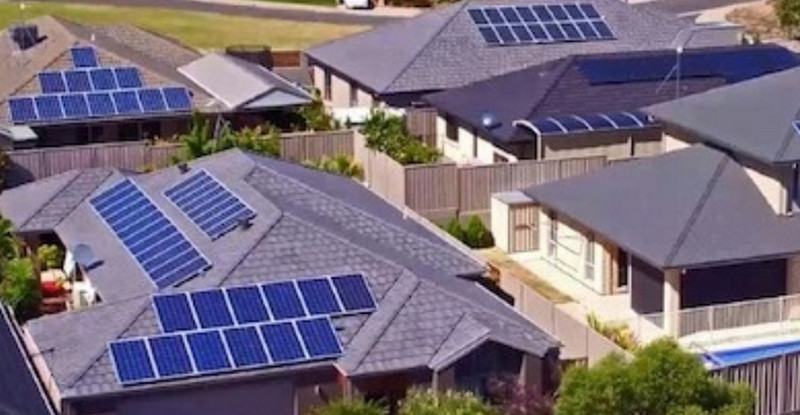Residents in certain zip codes have the opportunity to submit an application for tens of thousands of dollars in Small Technology Certificate (STC) Subsidies* from the federal government, which can be used to offset the cost of installing solar panels on their homes. Your utility company would prefer that you were unaware of this one fundamental fact since it can be unsettling.
The installation of the system does not require any out-of-pocket costs, and as a result, it has the potential to cut your monthly energy bill by a sizeable amount. This is something that the company that provides your electricity almost certainly does not want you to know, for whatever reason.
Its purpose is to motivate individuals to instal solar panels on the roofs of their homes. The rebate was established in accordance with a provision of the Renewable Energy Target (RET) law that was approved by the federal government.
This will, in the end, save you the effort of making your own subsidy claim and reduce the upfront charges that you will incur. When purchasing a solar energy system, STC savings are frequently provided in the form of a reduction in the system’s overall cost.
The question now is, “How precisely does this mechanism work?”
This is due to the fact that solar technology has advanced. Up until quite recently, the cost of installing solar panels far outweighed the savings that could be realised from doing so. Because of both government grants and technological developments, the cost of installing solar electricity has decreased to the point where nearly every homeowner in Australia can afford it.
What will happen if I don’t turn on the solar power?
This is done so that utilities can keep their profit margins the same. What results can I expect if I do not make use of solar power? If you do not instal solar panels on your own roof, you are indirectly helping to pay for the solar system that your neighbours have installed by paying higher electricity rates. As more and more people make the conversion to solar power, the price of electricity for the homes that still do not have solar panels installed goes up.
To what extent can we anticipate cost reductions by converting to solar electricity, and what are the actions that need to be taken next?
Before making a final choice, it is a good idea to receive at least three estimates from various vendors in the solar business because of the broad variety of products and prices available in this market. 3Quotes, a free internet service, collaborates with three different solar companies to provide customers with a free solar assessment and quotation.
What about subsidies and low-interest financing for solar energy projects?
Installing solar panels in one’s home can be rather pricey; however, there are a number of businesses that provide families with specific financing options that make it possible for them to afford the costs with little to no burden placed on their budgets. This objective is achieved by using the savings generated by the system to strike a balance between the various loan repayments. The majority of solar energy companies do not require customers to make payments up front, which means that customers may immediately begin saving money on their energy bills.



